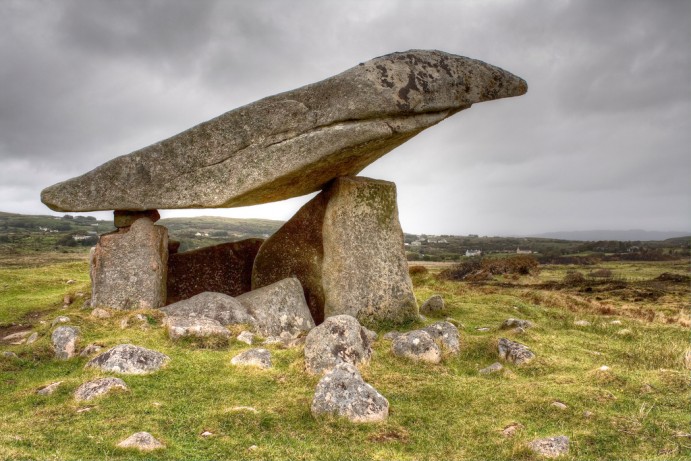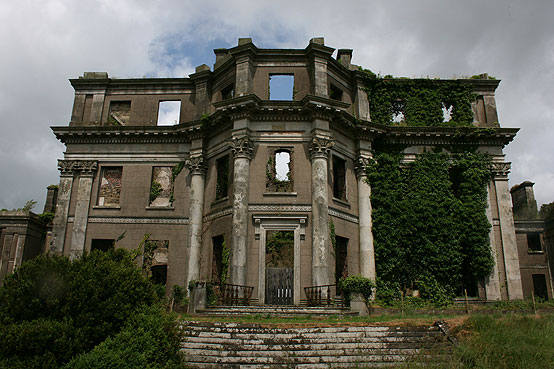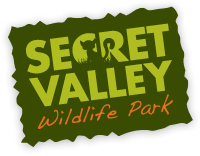Irelands Ancient East
Secret Valley Wildlife Park is now part of Irelands Ancient East due to our rich history. Read below to find out who our ancestors were and how Coolnacon was created

HISTORY OF THE TOWNLAND OF COOLNACON
COOLNACON (meaning “The back of the hound”, also meaning “corner for the hound” and in this case wolves.)
The EARLY YEARS:
In a civil survey of 1654/56, Ballyboro was detailed as the inheritance of James Butler who owned the whole Parish of Killegney in 1641. The lands of Chapple were owned by William Doran, an Irish Papist, residing of Chapple. He owned the townlands of Clonroche, Ballymaclessy, Rathgrough, Chapple and Tomfarney. Both families were deposed after the Cromwellian wars and sent to Connacht together with thirty other families.
The townland of Clonroche was known since 1598 as Clone Roche, 1606 Cloneroiste, 1654 Clonrock, Clonroch. It was thought for some time that the name refers to Roches Meadow but a better translation comes from a mixture of Irish and French meaning “Rocky Pasture” which best describes the nature of the shingle soil. Cromwells Troops accepted the surrender of Enniscorthy Castle on 29th Sept 1649. The landlords of the time were deposed and their lands granted to Andrew Ram on the 8th July 1668 and Ballyboro was granted to William Leigh on the 13th Aug 1668.
Robert Carew, a Welsh man, was granted lands in Waterford on the 9th Feb 1668. Carew purchased the lands of Ballyboro from William Leigh on the 7th Feb 1669 and purchased Clonroche and Ballymaclessy from Andrew Ram on the 5th July 1670. This Robert Carew died in 1673. His descendent, Shapland Carew pursued a legal and political career in Dublin. He married Doherty Dobson and returned to take over the estate of Ballyboro. In 1770, a mansion house was built on the opposite side of the Forestalstown River and the townland was renamed Castleboro. He died in 1780.
During his time as landlord, Coolnacon was heavily wooded. Carew’s forester lived there and “middlemen ” by the name of “Clancey ” rented the land from Carew and, in turn, sublet to local tenants. Middlemen would have worked as go-betweens with all landlords of the time.
The Clancey’s – Patrick, William, Peter and Edmond rented land from Carew on 25th March 1742. Another reference to Coolnacon states that Carew gave permission on the 26th April 1763 to the locals of Coolnacon to cut 9 parches of turf from the bog in Killegney. One of the Clancey’s travelled to America around this time to make money to pay off a debt his mother had. In the 1800’s he arrived back from America. He is reported to have stopped off at a shebbin presently called M’Cabes (which later became the local pub). But he never made it back to Coolnacon and his body was never found. A local man in the area was suspected of the murder but it was never proven. Years later, the same man was convicted of another murder and sent to prison.
Celtic Times

Coolnacon is flanked on one side by Tomfarney meaning “Valley of Alder” which signifies a burial place. There were reports of a Dolmen but it has long since gone. On the other side by
Rathturtin pronounced ” Rath 13 ” due to the fact that there was a cluster of 13 raths in the area, with a standing stone and a ritual slab (the latter can no longer be traced). This area is often referred to as “Old Town” and dates back to Celtic Times. There is also an “Ogham Stone” close by near to Templenacrow – the next townsland. Each of the Ogham characters has a name (most of them refer to trees ) – also known as the tree alphabet .
Under “Brehan Law” you would be fined 10 pounds if you cut down a tree. ‘Ash ‘, ‘Holly’, ‘Hazel ‘, ‘Pine’ and ‘Oak’ were known as the 7 nobles of the forest and came under this law.
During the 1500’s there was a lot of leveling clan’s in Ireland. Donal Spainneach Kavanagh, leader of a Gaelic clan, fought the Anglo Normans in an effort to gain lands and control back from the Anglo Normans. The Battle of Rathturt in 1590 was one such battle and Donal Kavanagh had the help of the O’Toole and Byrnes. The battle crossed over Kilegney, Coolnacon and into Tomfarney . It is estimated that 2,000 were killed. In local folklore, 2 places associated with that battle were Soldiers Lane and Soldiers Hole. The Lane was in existence up until about 1990 when it was incorporated into an adjacent field. The Soldier Hole is a name given to a circular area of ground in that field. It is said that some of the casualties of the battle were burned here.
Famine Times
LAST OF THE CAREWS

Robert Shapland Carew born 15th June 1860 (great, great grandson of Shapland Carew) succeeded to the estate. Under the Ashbourne Act, parts of the lands of the estate were sold in 1914 after the sale of their furniture and effects. They had no family and Lord Carew died on the 29th April 1923. The title passed to George Patrick Carew who died on April 21st 1926 without heir so the direct line of the Shapland Carew’s of Castleboro came to an end.
During the troubles of 1920, Castleboro house was burnt down on Monday the 5th Feb 1923.

